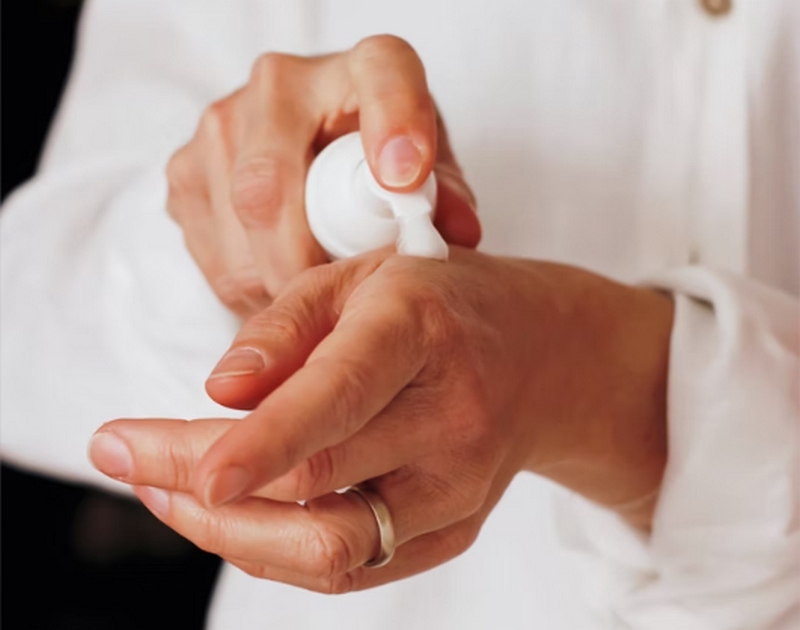
Do they interfere with adhesion?
Above: Protective skin creams. Photo by Nati Melnychuk on Unsplash
By Tom Pawlak — GBI Technical Advisor
We recently completed adhesion testing for a boatbuilder who was concerned about surfaces being contaminated by workers who use protective skin creams. The builder wanted to be sure that residue from the protective creams did not contaminate objects touched by workers throughout the day. We tested five products: Derma Shield™, Gloves in a Bottle™, Unique Skin™, SBS 46 Protective Cream™, and SBS 40 Medicated Skin Cream™.
Using our PATTI (pneumatic adhesion tensile test instrument), we compared adhesion results for control surfaces (just sanded) against surfaces that were smudged by fingers that had been treated with the different protective skin creams. We chose G-10, an epoxy/fiberglass laminate that is heat-cured under pressure, as the substrate because of its well-known high strength properties. It was sanded thoroughly with 80-grit on a DA sander, and then hand sanded with fresh 80-grit paper just prior to bonding.
Five test studs for the control and each protective skin cream were bonded with WEST SYSTEM® 105 Resin and 205 Hardener® to the G-10 laminate. The creams were allowed to dry for five minutes on our hands before the surfaces were smudged. Test studs were glued in place minutes later.
Here are the results: As the adhesion test indicates, these protective creams have a minimal effect on WEST SYSTEM adhesion to a sanded fiberglass laminate. Concern over their effect on adhesion should not influence your decision on whether to use protective creams.
| Surface condition | PATTI results avg | % Effective compared to control |
| 1316 PSI | ——— | |
| Derma Shield smudge | 1283 PSI | 97.5% |
| Gloves in a Bottle smudge | 1202 PSI | 91.3% |
| Unique Skin smudge | 1349 PSI | 102.5% |
| SBS 46 smudge | 1302 PSI | 98.9% |
| SBS 49 smudge | 1323 PSI | 100.5% |





